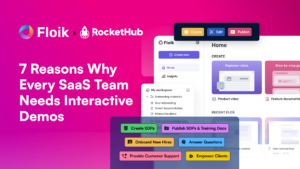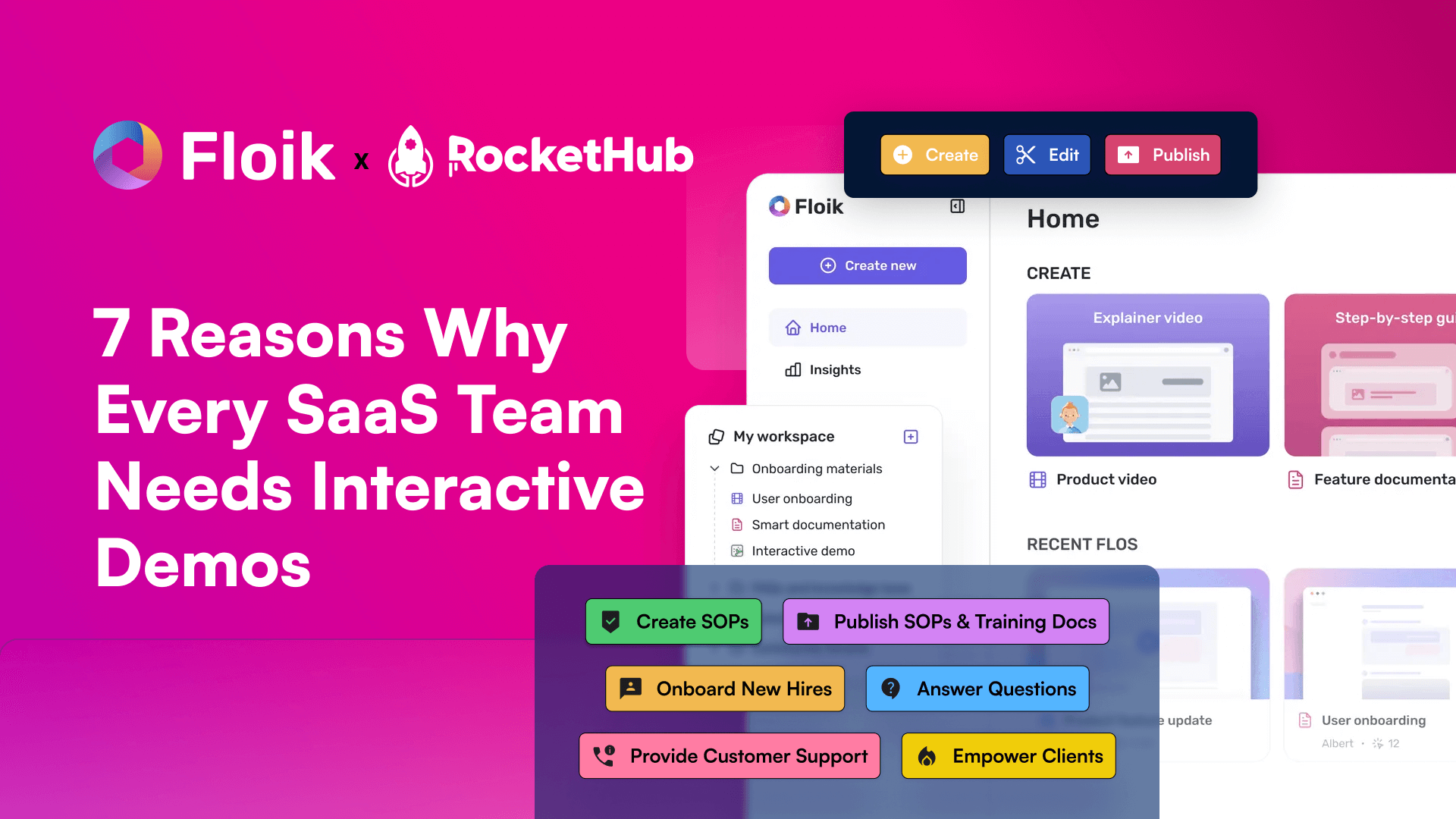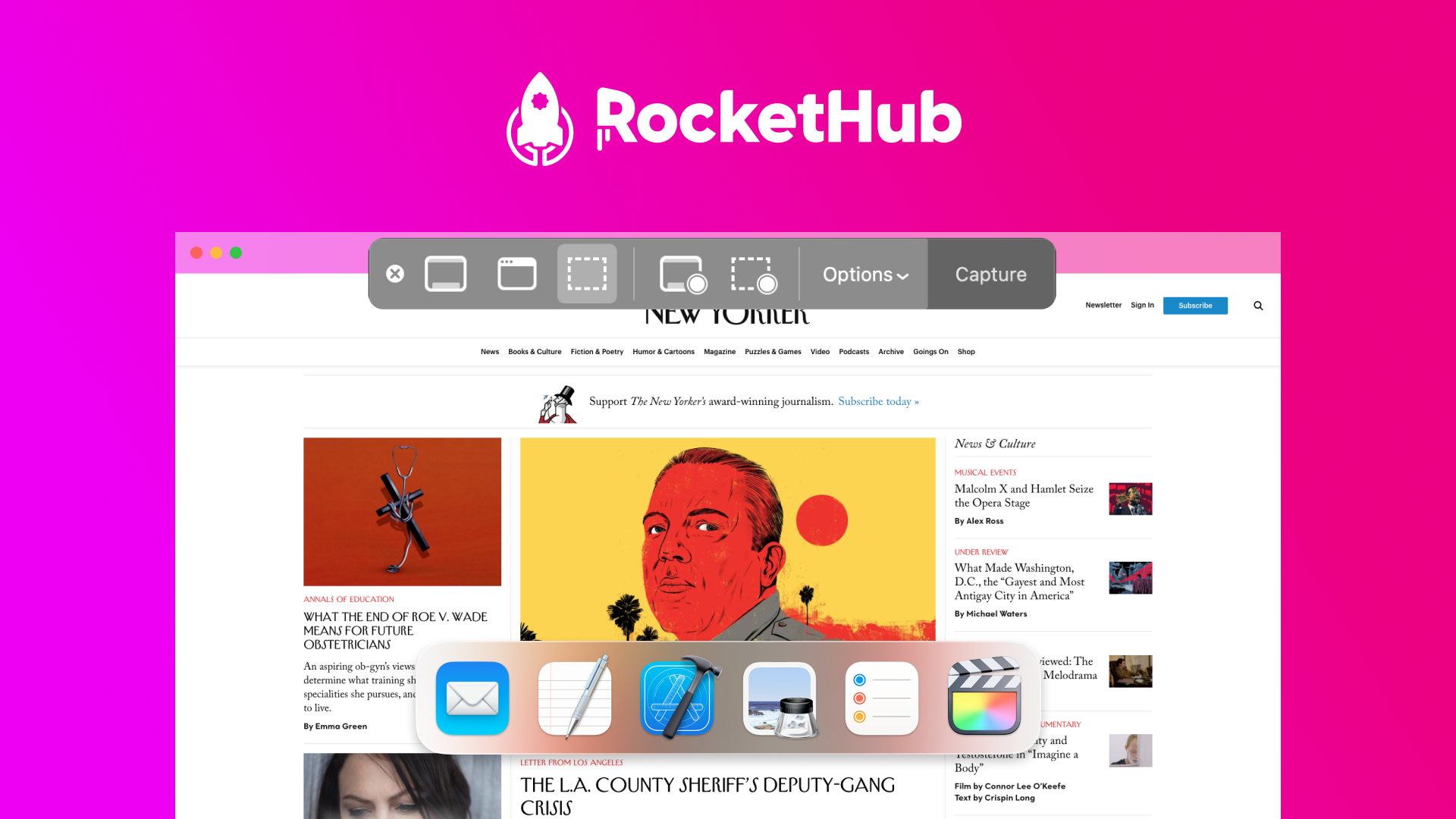
The Role of Account-Based Marketing in SaaS Sales
- Angel Alfred
- January 31, 2023

Account-based marketing is a highly targeted approach to sales and marketing that emphasizes individual accounts and developing relationships with key decision-makers. ABM has proven to be an effective strategy for SaaS product companies looking to drive higher conversion rates, close more deals, and increase customer loyalty. In this blog post, we’ll discuss the role of ABM in SaaS sales and how it can benefit both companies and their clients.
What is Account-Based Marketing (ABM)?

Account-Based Marketing (ABM) is a targeted, customer-centric approach to marketing that involves creating personalized campaigns and experiences for individual accounts (companies or organizations) with the goal of generating more revenue from those accounts.
ABM is typically used by B2B companies to engage with high-value target accounts and to drive more effective sales and marketing alignment. The focus is on building relationships with key decision-makers at targeted accounts, rather than with a broad group of potential customers.
The Importance of ABM in SaaS sales
Account-based Marketing (ABM) is a strategic approach to B2B marketing and sales that focuses on a targeted set of high-value accounts. In the context of SaaS sales, ABM can be particularly important for the following reasons.
By focusing efforts on a targeted set of high-value accounts, ABM allows SaaS sales teams to allocate resources more effectively and improve their chances of success.
It also allows SaaS sales teams to tailor their messaging and approach to specific accounts, making it easier to address the unique needs and pain points of each target account.
ABM campaigns are designed to engage decision-makers at target accounts, leading to a higher likelihood of closing deals and building long-term relationships.
ABM helps align sales and marketing teams by providing a shared understanding of the target accounts and a common approach to engagement.
ABM is an effective way for SaaS sales teams to improve their chances of success by focusing on high-value accounts, personalizing their approach, increasing engagement, and aligning sales and marketing efforts.
Key Features of Account-based Marketing
Some of the key features of ABM include personalization and customization, data-driven decision-making, multi-channel engagement, collaboration between sales and marketing teams, and measurement and analysis to continually improve strategy.
ABM requires a deep understanding of target accounts and decision-makers, as well as a willingness to tailor messaging, content, and outreach efforts to each account. The goal of ABM is to generate high-quality leads and drive revenue from key accounts, by fostering long-term relationships and delivering a high-value customer experience.
The Role of Account-Based Marketing in SaaS Sales
Now let’s move ahead and explore why ABM is so effective, the types of strategies that can be used, and the metrics that you should track to measure success.
Understanding the SaaS Sales Landscape
Software as a Service (SaaS) is a cloud computing model where software applications are made available to customers over the internet, rather than being installed on local computers. The SaaS industry has experienced significant growth in recent years, driven by the increasing demand for online solutions and the move toward digital transformation.
SaaS has become a popular choice for businesses of all sizes, from small startups to large enterprises, as it offers a flexible, cost-effective, and scalable alternative to traditional software solutions.
However, despite its popularity, the SaaS industry is facing a number of challenges. One of the biggest challenges faced by SaaS sales teams is competition. The market is crowded with many players, and it can be difficult to stand out and differentiate your offering.
SaaS sales teams often have to deal with customers who are increasingly savvy and have high expectations, making it more challenging to close deals.
Another challenge faced by SaaS sales teams is the complex and ever-changing buying process. Customers are looking for solutions that solve their specific business problems, and they want to be sure that the solution they choose is the right one for their needs.
This means that SaaS sales teams need to be knowledgeable about the customers’ needs, be able to effectively communicate the benefits of their product, and have a deep understanding of the market.
The SaaS industry is growing rapidly, but SaaS sales teams still face a number of challenges, including competition and the complex buying process. To succeed in this industry, SaaS sales teams need to be well-informed, flexible, and able to respond quickly to changing customer needs.
Read: How to Build an Effective SaaS Sales Pipeline
Implementing an Account-Based Marketing Strategy
To start implementing an Account-Based Marketing (ABM) strategy, you need to first define your target accounts and understand their needs, pain points, and decision-making process. Then, create personalized and relevant content for each account and use multiple channels such as email, social media, direct mail, and events to reach them.
It’s important to track and measure your efforts to continuously optimize your approach. Additionally, collaborating with your sales team to ensure a seamless handoff from marketing to sales is crucial for a successful ABM. The ultimate goal of ABM is to build strong relationships with key accounts and drive revenue growth.
How to Set Up an ABM Program
Here are the steps that can be taken to set up an ABM program:
- Identify target accounts: Start by creating a list of target accounts that align with your ideal customer profile (ICP) and revenue goals.
- Develop a strategy: Based on your target accounts, develop a comprehensive ABM strategy that outlines your objectives, tactics, and key metrics.
- Create buyer personas: Develop buyer personas for each target account to understand their unique needs, pain points, and decision-making process.
- Map the customer journey: Map out the different stages in the customer journey for each target account and determine how you can add value at each stage.
- Build a multi-channel approach: Utilize a mix of channels such as email, direct mail, events, and digital advertising to reach your target accounts.
- Measure and adjust: Continuously measure the effectiveness of your ABM program and adjust your strategy based on the results.
Key components of an ABM Program
The following are the key components of an ABM program:
- Targeted messaging: Develop tailored messaging that speaks to the specific needs of each target account.
- Personalization: Personalize all interactions with target accounts to make them feel special and valued.
- Data and analytics: Leverage data and analytics to understand your target accounts and to inform your ABM strategy.
- Integration with sales: Ensure that your ABM program is closely integrated with your sales team to ensure a seamless experience for your target accounts.
- Technology: Utilize technology such as marketing automation, CRM, and account-based analytics to support your ABM program.
- Collaboration: Foster a culture of collaboration between marketing, sales, and other relevant teams to ensure that everyone is working towards the same goals.
Measuring the Success of Account-Based Marketing
Account-based marketing (ABM) is a targeted marketing approach that focuses on a select group of accounts with a high potential to drive business growth. To determine the success of ABM, it is essential to measure the impact it has on business objectives and key performance indicators (KPIs).
Some of the common metrics used to evaluate the success of ABM include account engagement, pipeline growth, customer acquisition cost, win rate, and customer lifetime value. These metrics help marketers to understand the effectiveness of their ABM strategies and identify areas for improvement
Metrics to Track for ABM
The following are some of the critical metrics to track for ABM:
- Account engagement: measures the level of engagement and interaction with the target accounts
- Pipeline growth: measures the increase in opportunities in the sales pipeline as a result of ABM
- Customer acquisition cost: measures the cost of acquiring a new customer
- Win rate: measures the percentage of opportunities that result in a closed deal
- Customer lifetime value: measures the total value of a customer to the business over the life of the relationship
How to Measure the Impact of ABM on SaaS Sales
To measure the impact of ABM on SaaS sales, it is essential to track key metrics such as pipeline growth, win rate, customer acquisition cost, and customer lifetime value. These metrics can be tracked using a combination of marketing and sales analytics tools, as well as customer relationship management (CRM) software.
Conducting regular surveys with customers and sales teams can provide valuable insights into the impact of ABM on sales.
Examples of Successful ABM Campaigns in SaaS Sales
There are several examples of successful ABM campaigns in SaaS sales, including:
- Marketo‘s ABM campaign, which focused on high-value accounts and resulted in a 10x increase in pipeline growth and a 20% increase in win rate
- Engagio‘s ABM campaign, which focused on personalized account engagement and resulted in a 33% increase in pipeline growth and a 20% increase in win rate
- Oracle‘s ABM campaign, which used data-driven insights to personalize its approach and resulted in a 40% increase in win rate and a 20% reduction in customer acquisition cost.
These examples demonstrate the impact that ABM can have on SaaS sales and the importance of tracking metrics to measure success and optimize performance.
Wrapping Up
Account-based marketing is a powerful tool for SaaS companies looking to increase sales. It allows them to target specific accounts with personalized messaging and content, as well as provide insights into customer behavior. By utilizing account-based marketing, SaaS companies can create more effective marketing campaigns and increase customer engagement, ultimately leading to increased sales and revenue.
Share This Post
Angel Alfred
Angel is a digital marketer, a mental health speaker, and above all, a writer. She loves being a part of the RocketHub team and is keen on learning and taking over new challenges every day!
Table of Contents
Get The Latest Updates
Subscribe To Our Weekly Newsletter
Sign up below to be one of the first crew members onboard and get early access to amazing deals.
Recent Posts


Social Media
Categories
Related Posts

Lifetime Deal Platforms
The best lifetime deal platforms for software. Platforms lik RocketHub scour the web for the highest quality products to bring buyers the best lifetime deals on their platform.

How to Work for Yourself + 13 Solo Business Ideas
Do you ever wonder if being your own boss could truly set you free? In this article, we’ll explore the theory that unleashing entrepreneurial freedom

7 Reasons Why Every SaaS Team Needs Interactive Demos
Making a Case for Interactive Demos: 7 Reasons Why Every SaaS Team Needs Them Let me paint a scenario for you. You want to buy


